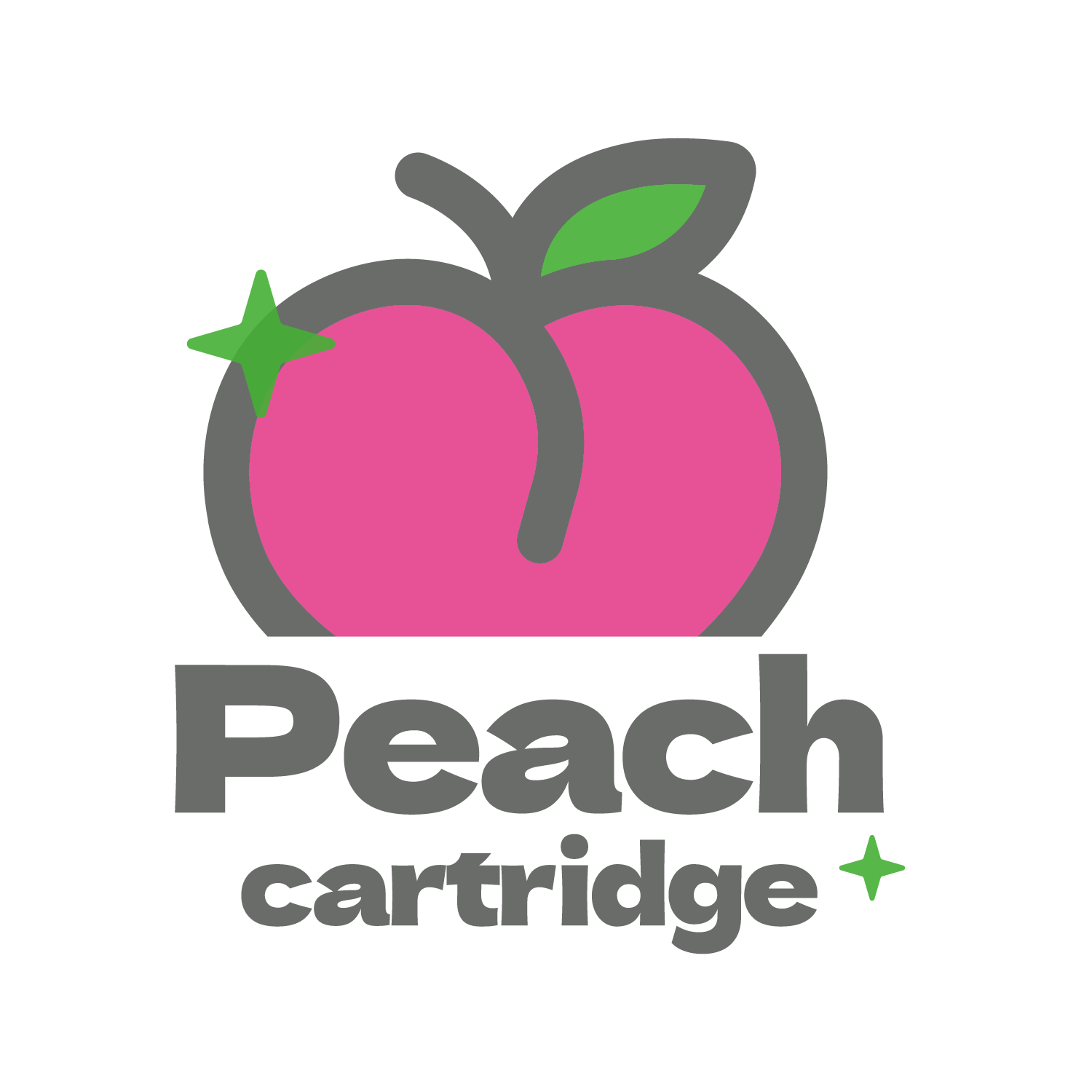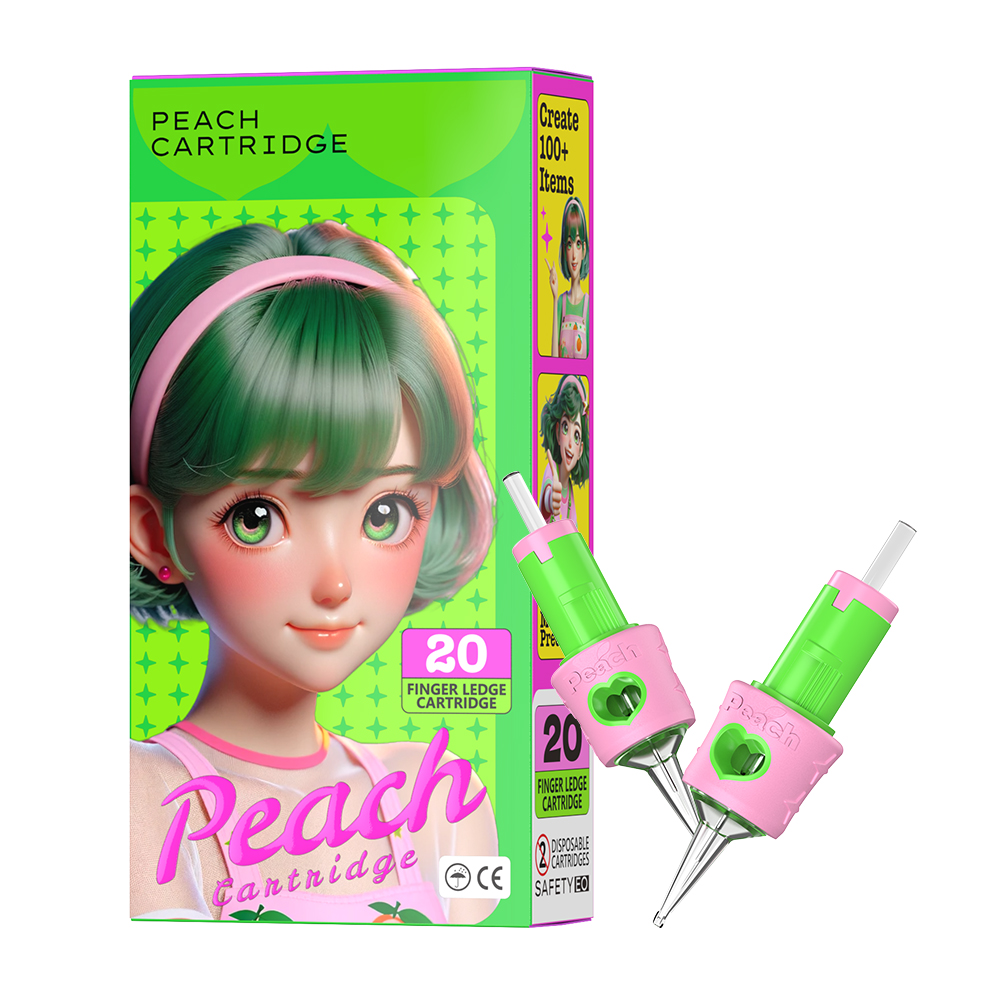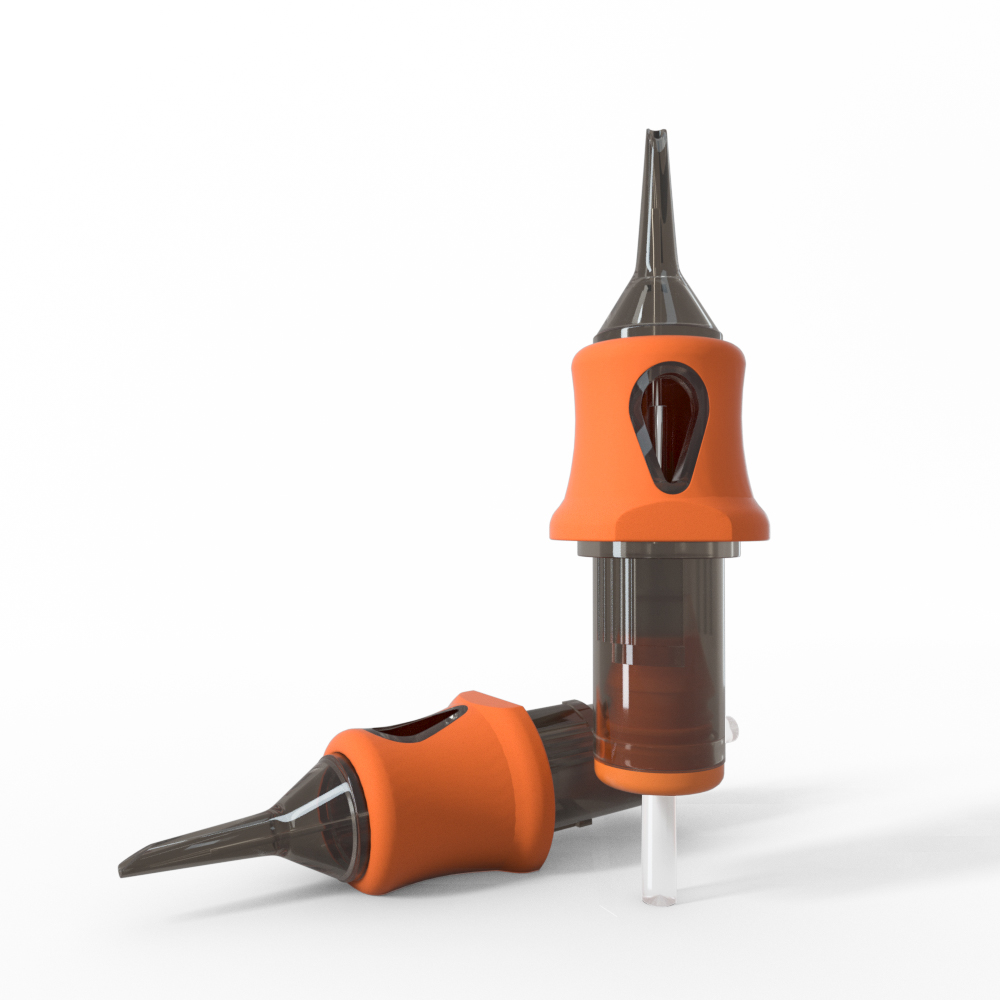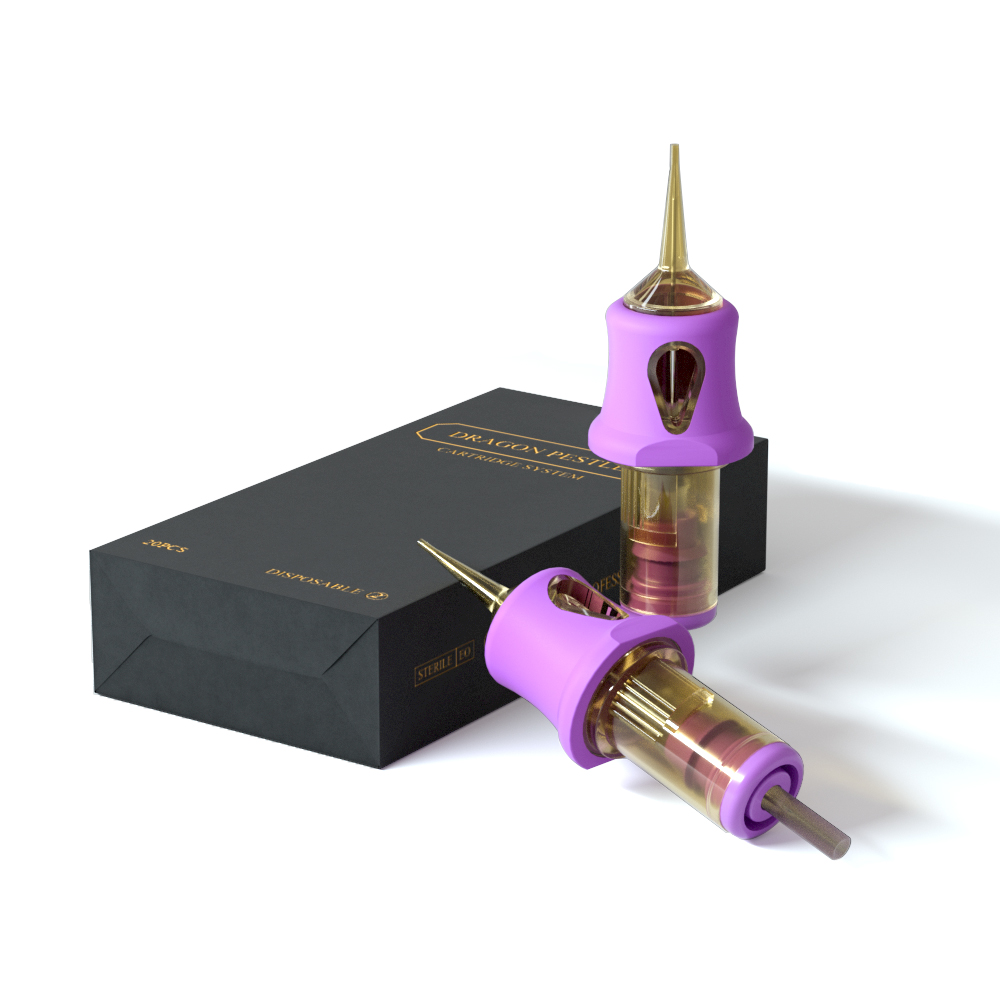A:The Science Behind the Pain
As a seasoned tattoo musician with over two years of experience, I’ve come across countless concerns regarding the pain linked with tattooing. Among the most relentless myths in our sector is the idea of the “yelling needle”. To recognize whether this is reality or fiction, we have to initially explore the science behind the discomfort experienced throughout the tattooing process.
B:Variables Influencing Tattoo Pain
| Factor | Effect on Pain |
|---|---|
| Location on the body | Locations with thin skin or near to bones have a tendency to be extra unpleasant |
| Individual discomfort resistance | Varies significantly from one person to another |
| Tattoo size and complexity | Larger, extra thorough tattoos usually cause extra pain |
| Needle setup | Different needle groupings can affect pain levels |
C:The Role of Endorphins
In my experience, recognizing the science behind tattoo discomfort helps clients prepare emotionally for their sessions. It’s vital to remember that while discomfort is an inherent part of the procedure, the notion of a “screaming needle” causing intolerable pain is more misconception than truth. The actual sensation is normally called a continuous, burning pain rather than sharp, extreme pain.

II: The Screaming Needle: Myth or Reality?
A:The Sound of the Tattoo Machine
The humming audio of the tattoo maker can be intimidating, specifically for first-timers. This sound, paired with anticipation and nervousness, may contribute to the perception of a “screaming” sensation.
B:Pain Perception
While getting a tattoo can indeed hurt, the experience is commonly called a consistent, melting pain instead of a “shrieking” discomfort. The level of discomfort differs greatly depending upon the location of the tattoo and specific discomfort resistance.
C:Psychological Factors
Concern and anxiousness concerning obtaining a tattoo can enhance discomfort assumption. The term “shrieking needle” could be a symptom of these worries, as opposed to a precise description of the experience.
III:Reducing the Pain: Techniques and Tips
A:Preparation
Prior to your tattoo session, consider these preparatory steps:
- Stay moistened: Drink a lot of water in the days leading up to your visit.
- Avoid alcohol: Refrain from alcohol consumption alcohol for at the very least 24 hours before your session, as it can slim your blood.
- Get sufficient sleep: Being well-rested can enhance your discomfort tolerance.
- Eat a meal: Having food in your system can aid stop lightheadedness throughout the session.
B:Throughout the Session
As soon as you’re in the chair, try these strategies to manage pain:
- Practice deep breathing: Controlled breathing can assist you relax and take care of pain.
- Use distraction methods: Listen to songs, watch a video, or engage in conversation with your musician.
- Take breaks: Don’t wait to ask for time-outs if you require them.
- Stay still: Moving can raise discomfort and influence the quality of the tattoo
C:Choosing the Right Location
| Less Painful Areas | More Painful Areas |
|---|---|
| Outer arm | Ribs |
| Forearm | Spinal column |
| Outer thigh | Ankle joints and feet |
| Upper back | Hands and fingers |
D:Topical Anesthetics
Some tattoo artists might offer or enable the usage of topical numbing creams. These can help in reducing surface pain, however it’s vital to review their usage with your musician in advance, as they can influence ink absorption.
| Typical Topical Anesthetics | Pros | Cons |
|---|---|---|
| Lidocaine-based lotions | Effective for surface area pain | May affect ink absorption |
| Benzocaine sprays | Quick-acting | Brief period of impact |
| EMLA lotion | Long-lasting effect | Requires application well prior to the session |
IV:The Role of the Tattoo Artist
A:How Can Clear Communication Ease Tattoo Pain?
In my years of experience, I’ve come to comprehend that the tattoo musician plays an essential function in the customer’s understanding of discomfort and the total tattooing experience. A skilled artist can significantly affect whether a customer feels like they’re sustaining a “yelling needle” or a much more workable sensation.
B:Why Is Technique Essential in Managing Discomfort?
Primarily, a specialist tattoo musician must prioritize clear interaction. Prior to beginning the tattoo process, they should describe what the client can expect in regards to experience and period. This preparation can assist ease stress and anxiety and reduce the assumption of discomfort.
C:How Does a Comfortable Environment Reduce Pain?
Method is vital. A seasoned artist recognizes how to function efficiently, reducing unnecessary passes over the skin. They comprehend exactly how to readjust their hand pressure and maker rate to fit various locations of the body and skin kinds. This competence can make the difference in between a client feeling like they’re experiencing a “shouting needle” or an extra bearable experience.
D:What Role Does Client Positioning Play in Comfort?
Furthermore, a good tattoo musician creates a comfortable atmosphere. They guarantee correct positioning of the customer to reduce muscle stress and promote leisure. Some artists even include relaxing songs or deal disturbances like discussion or videos to assist take the customer’s mind off the tattooing process.
E:When Should a Tattoo Artist Use Numbing Creams?
Notably, a professional artist respects their client’s pain threshold. They need to be alert to indicators of distress and deal breaks when required. Some artists make use of numbing lotions or sprays when appropriate, although this decision must be made carefully as it can influence ink absorption.
V:Conclusion
A:Does the Tattoo Needle Really 'Scream'?
After thoroughly examining the principle of the shouting needle in tattooing, it’s clear that this phenomenon is extra misconception than reality. While obtaining a tattoo can without a doubt hurt, the concept of a needle that really “screams” is a misunderstanding.
B:Why Does Tattooing Hurt?
Throughout this expedition, we’ve delved right into the scientific research behind tattoo discomfort, unmasked common misconceptions, and reviewed different techniques to handle pain throughout the tattooing process. It’s vital to remember that discomfort understanding differs substantially from one person to another, and what one specific locates unbearable, one more may call just uncomfortable.
Frequently Asked Questions
No, the “screaming needle” is not a genuine tool. It’s a colloquial term that describes the viewed noise and experience of the tattoo device during the tattooing process. The actual needle doesn’t howl; the term is more of an allegory for the experience.
The assumption of a “yelling” audio is likely as a result of the high-frequency vibration of the tattoo maker. This noise, combined with the sensation of the needle repeatedly penetrating the skin, can produce a special auditory and sensory experience that some explain as “howling.”
Not necessarily. The volume of the tattoo equipment doesn’t straight correlate with discomfort levels. Modern equipments are typically quieter yet can still create pain. Pain levels depend more on aspects like needle arrangement, tattoo location, and individual pain resistance.
While there’s no totally silent tattoo machine, some more recent versions are substantially quieter than typical coil devices. Rotating machines, as an example, have a tendency to generate much less noise while still supplying effective results.
Yes, for some individuals, the sound of the tattoo maker can raise anxiety, specifically if they connect it with pain. This is why some artists use songs or talk to distract customers from the audio.
| Strategy | Summary |
|---|---|
| Numbing creams | Can minimize skin level of sensitivity |
| Disturbance approaches | Music, discussion, or concentrating on breathing |
| Breaks | Taking brief breaks during long sessions |
| Proper aftercare | Reduces discomfort throughout healing |



